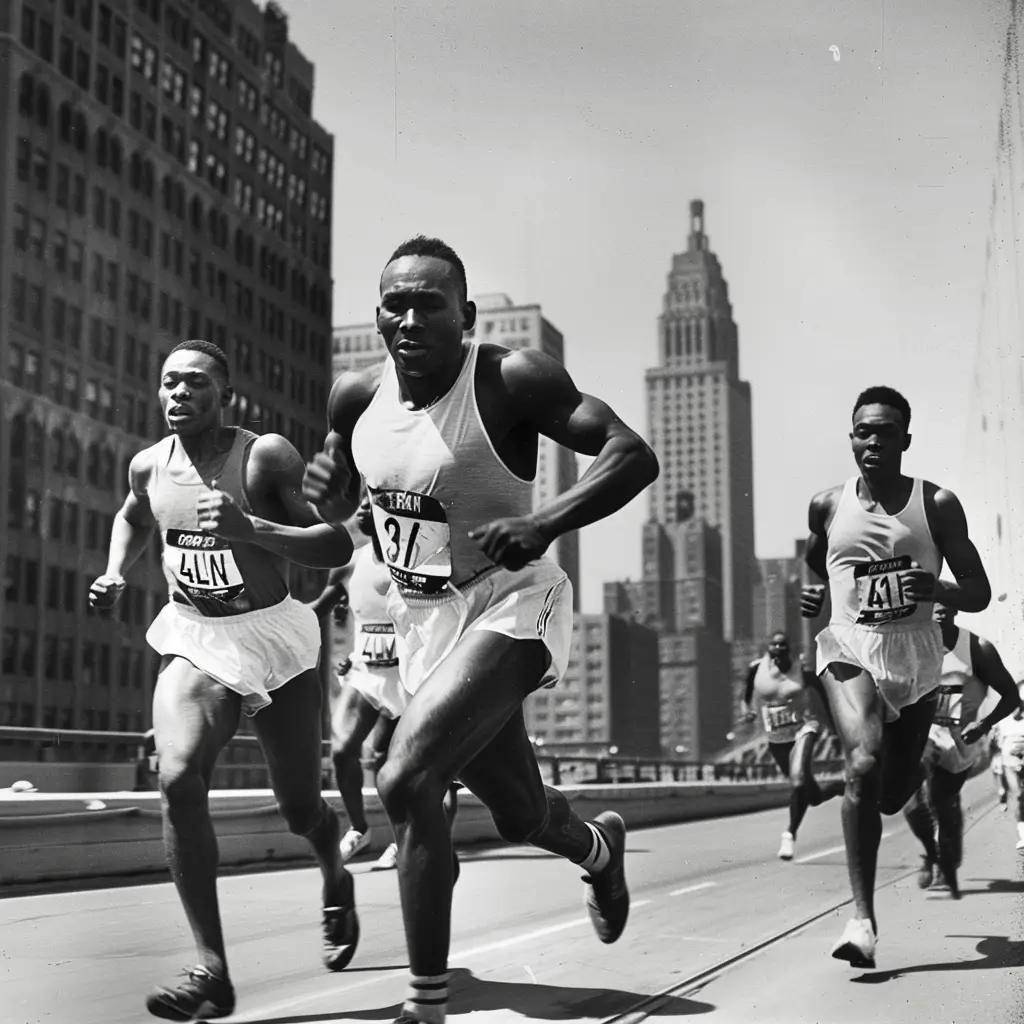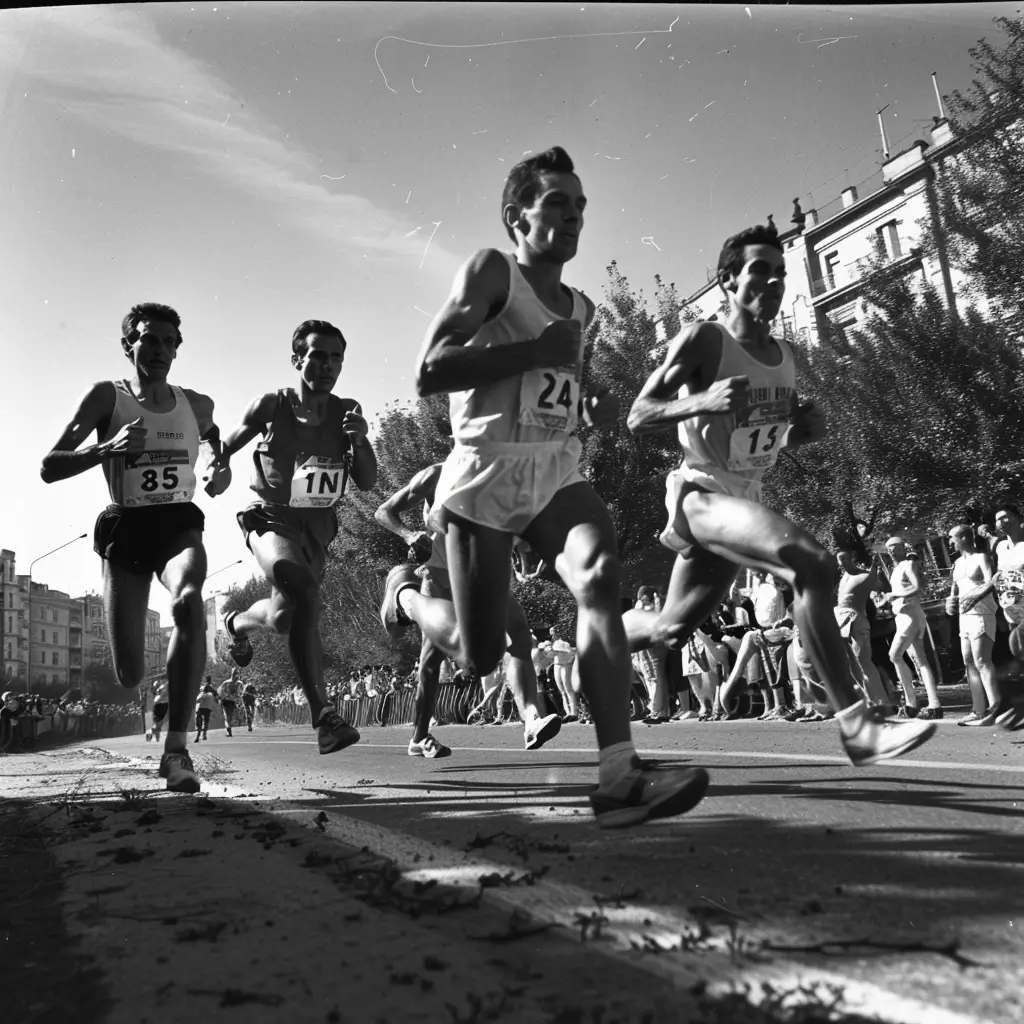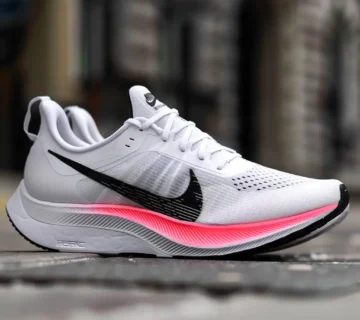Running is one of the most natural human movements, essential for survival and eventually becoming one of the most popular sports worldwide. While humans have been running for millions of years for survival and transportation, the formalization of running as a sport and the development of running culture, especially in the U.S., has fascinating historical roots.
In this article, we will trace the ancient origins of running, explore its development as a modern sport, and take a closer look at how running became a cultural phenomenon in the United States, focusing on the running industry, including iconic brands like Nike.
The Ancient Roots of Running
Running began as a survival tactic for early humans. Scientists believe that Homo erectus, who lived over 2 million years ago, relied on endurance running to track and exhaust prey, a technique known as persistence hunting. This form of running was integral to early human survival, ensuring food supply and the ability to escape predators.
It wasn’t until the dawn of organized civilizations, particularly in ancient Greece, that running transformed into a sport. The first recorded Olympic Games in 776 BC featured the stadion race, a sprint covering roughly 192 meters, which became the centerpiece of ancient Greek athletics. As these games became important, running evolved from a survival tool to a symbol of human strength and competition.
The Modernization of Running
By the 19th century, running began to gain momentum as a formalized sport in Europe and later spread to the U.S. The modern marathon, inspired by the ancient Greek legend of Pheidippides, who ran from Marathon to Athens to deliver news of a military victory, was introduced in the first modern Olympic Games in 1896. This event marked a turning point for long-distance running.
Running grew in popularity throughout the 20th century, particularly in the United States. The first Boston Marathon, held in 1897, became one of the most iconic races in the world, cementing long-distance running as a critical competitive sport. However, it wasn’t until the 1970s that the U.S. saw a significant “running boom.”

The Running Boom in the U.S.
In the 1970s, running underwent a cultural transformation in the U.S. It was no longer just a competitive sport reserved for elite athletes but became a mainstream fitness movement. The “running boom” was fueled by a combination of factors: medical experts started advocating for the health benefits of aerobic exercise, and prominent U.S. athletes like Steve Prefontaine and Bill Rodgers became household names, inspiring everyday Americans to lace up their shoes and hit the pavement.
Running clubs sprouted nationwide, and recreational runners began participating in marathons, 5Ks, and fun runs. The New York City Marathon, first held in 1970, became a global phenomenon, attracting runners worldwide. This boom was not only about fitness but also about personal achievement, community, and well-being.
The Rise of Running Apparel Brands
As running grew in popularity, the demand for specialized running gear and apparel increased. Major companies like Nike, Adidas, and New Balance recognized the opportunity to tap into the growing runners market. These brands pioneered the development of advanced running shoes and gear tailored to meet the needs of athletes and recreational runners alike.
- Nike: Founded in 1964 as Blue Ribbon Sports by Phil Knight and Bill Bowerman, Nike transformed the athletic shoe industry. In the 1970s, Bowerman, a track and field coach, helped design the first “Waffle Trainer,” a revolutionary running shoe with a rubber sole that provided better grip and cushioning for runners. Nike’s innovative approach to footwear technology and marketing campaigns featuring star athletes like Steve Prefontaine helped the brand become a dominant force in the running industry.
- Adidas: Adidas, a German company, was another key player in shaping the modern running experience. Known for producing durable and performance-driven footwear, Adidas focused on elite athletes and everyday runners, promoting their shoes for various running styles and terrains.
- New Balance: While Nike and Adidas grabbed the spotlight, it carved out its niche by focusing on comfort, quality, and performance. Founded in 1906, New Balance became a favorite among distance runners because it emphasized well-fitted shoes for all foot types and offered a wide range of widths and sizes.
These brands shaped how runners approached the sport and defined the aesthetics of running culture. From brightly colored shoes to breathable moisture-wicking fabrics, running apparel has evolved dramatically, turning performance gear into fashionable streetwear.
Running as a Cultural Phenomenon in the U.S.
Running in the U.S. continues to be more than just a sport; it has evolved into a lifestyle. Marathon races, charity runs, and weekend 5Ks are standard in cities nationwide. Significant races like the Boston Marathon, Chicago Marathon, and New York City Marathon draw international attention and inspire millions of runners worldwide.
The rise of social media platforms has also contributed to the growth of running culture. Apps like Strava and Nike Run Club allow runners to track their progress, set goals, and engage with a global running community. The U.S. has some of the most passionate running communities, from recreational joggers to ultra-marathoners.
The Future of Running
As running technology advances, from performance-enhancing shoes to wearable tech like GPS watches, the sport shows no signs of slowing down. New training methods, virtual races, and fitness-tracking devices will likely continue to shape the future of running, both in the U.S. and globally.
Moreover, brands like Nike and Adidas constantly innovate their product lines to cater to eco-conscious consumers. Sustainable materials, recycled fabrics, and ethical production practices are becoming central themes in the next generation of running gear, ensuring that the sport can continue to thrive in an environmentally responsible way.
FAQs
Humans began running over 2 million years ago as a survival technique. Early humans used endurance running for persistence hunting, chasing prey over long distances until it became exhausted.
Running was first formalized as a sport in ancient Greece. The earliest recorded Olympic Games in 776 BC featured the stadion race, a short sprint that marked the beginning of competitive running.
The 1970s saw a major running boom in the U.S. due to increased awareness of the health benefits of aerobic exercise, the influence of professional athletes like Steve Prefontaine, and the rise of recreational races like marathons and 5Ks.
Nike, co-founded by track coach Bill Bowerman, revolutionized running shoes with the invention of the “Waffle Trainer” in the 1970s. The brand’s focus on performance, innovation, and athlete endorsements helped shape modern running culture and fashion.
Running offers a simple, accessible form of exercise and self-improvement. In the U.S., it’s not just about competition, it’s tied to community events, health consciousness, personal achievement, and cultural identity.


